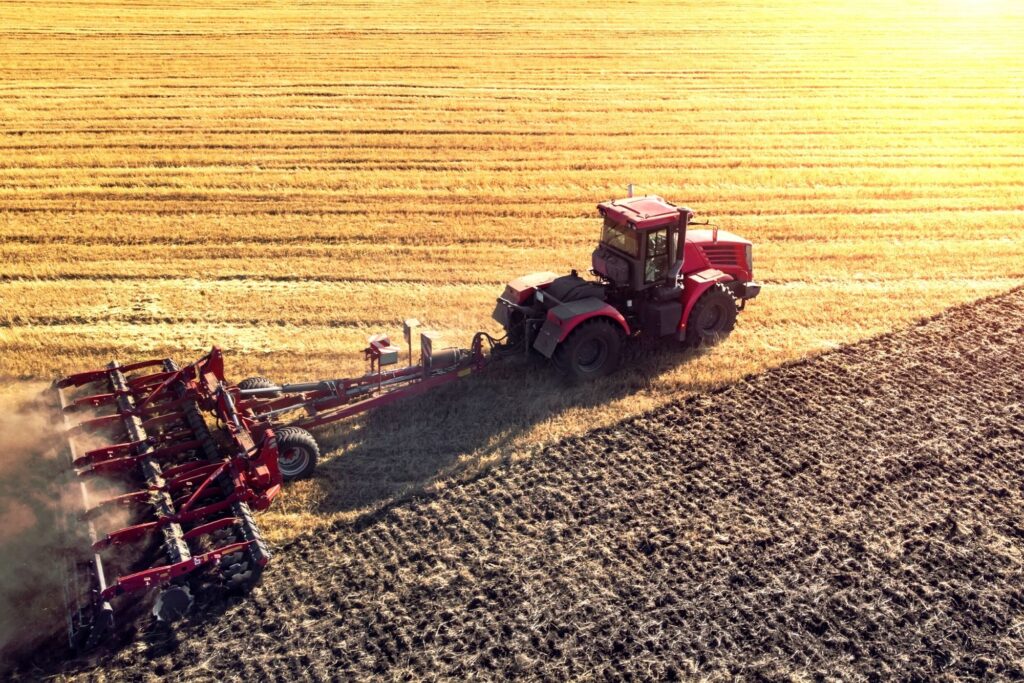Reactionary, short-term and expansionary. That’s what the CPA Australia has called the 2020-21 Federal Budget, which was released belatedly due to the coronavirus pandemic, in October last year.
But, where does it leave agribusiness?
Here are the highlights and low lights, plus the update issued just before Christmas.
How it benefits you
Agricultural businesses can expect to enjoy easier exports, drought support, live-export compensation and measures to address worker shortages. Some of the most popular budgetary moves include:
- Personal income tax brought forward
- A one-off payment to cover disruption
- Much-needed relief on interest payments on loans
- Direct subsidies to most-impacted areas.
The expansion of the instant asset write off tax break is a highlight for agribusinesses with a turnover of under $500 million. There’s no cap, and it will be available for the next two years. This impetus to the sector to invest is expected to stimulate local economies. The government has also introduced carry-back provisions. For the finer details, visit the Australian Taxation Office.
Agribusinesses could benefit from the $328.4 million package for easier navigation of the export system. That includes slashing $35.2 million in red tape specifically for the meat, live export, seafood and plant industries. Funding will also be available to producers who’ve suffered from the 2011 live cattle exports ban to Indonesia. They will be able to access compensation and cover their legal costs.
Another highlight is $1.5 billion over five years for the Modern Manufacturing Strategy for competition, scale and resilience. Food, beverages and medical products are the agribusiness focus areas.
Keeping things flowing
The National Water Infrastructure Development Fund was given $2 billion, which will fast track projects such as pipelines, dams, weirs and water recycling plants.
Also, $270 million will be pumped into the Murray Darling Basin Plan, and there’s $155.6 million for drought support. You can apply for this to help drought-proof your farm. Look out for one of the eight drought resilience hubs to be set up to help farmers, researchers and community groups to work on drought resilience. The budget also hands eligible farmers a rebate of up to $25,000 to help with new purchases and installation of on-farm water infrastructure. The government topped up this oversubscribed scheme with $50 million. You can find out more about the scheme here.
Farmers will have better access to agricultural and veterinary chemicals thanks to a $2.4 million allocation over four years. Meanwhile, there’s a new levy for dried vine fruits for bio-security management. As well, those who are farming prawns will have a white spot disease repayment and a one-year holiday on the export charge.
The downsides
However, what’s not good for agribusiness is the lack of funding for new bio-security, or the expansion of the regional connectivity program to boost Internet speeds beyond the cities. And, while there were a few financial sweeteners to lure more harvest workers to the regions, the uptake is slow with producers forecasting higher retail prices as a consequence. An estimated 30,000 workers are needed.
The bane of farmers – extreme weather and disasters – did get some attention, $13.8 million, however it may well stretch thin. Those funds will go towards implementing recommendations of a royal commission in natural disasters arrangements.
The December update to the budget didn’t offer any quick solution to the protracted trade stand-off with China, which The Australian has estimated costs farmers $500 million – and growing – every year.
Your next step
These budgetary moves can help transform the trajectory of your agribusiness in these uncertain times. As your finance broker, we can help you understand the changes and how you can best leverage the federal budget. Contact your Pacific Finance Broker today on info@pacificfinance.com.au
Useful links:
Mid-Year Economic and Fiscal Outlook (released 17/12/20)

